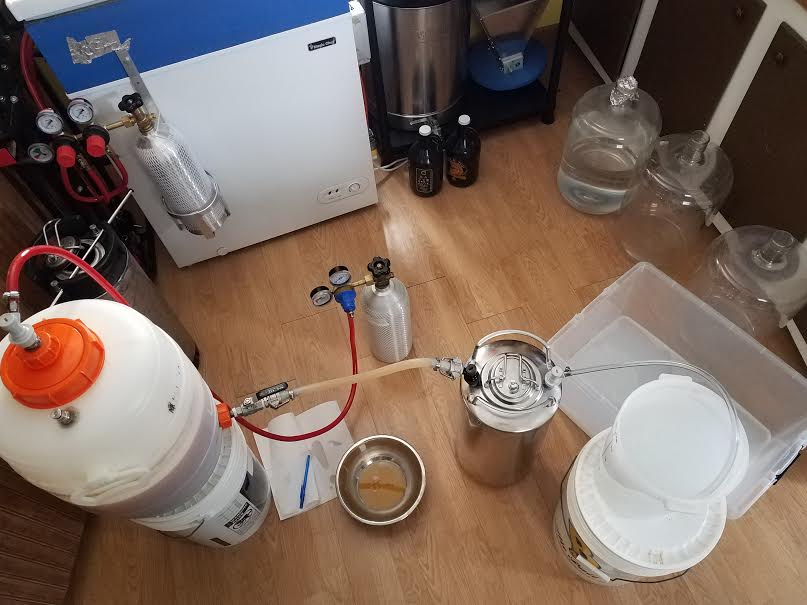Why does everyone believe in the principle of diffusion on this thread, yet objects to pouring priming solution into a primary fermenter, mixing gently without disturbing the cake, then waiting say 30 minutes and bottling straight out of primary?[...]
I don't bottle so I'm unfamiliar with what folks object to with that. Does "everyone" believe there's an oxygen-exposure issue that's somehow different from racking to a bottling bucket and mixing there...or is it more a matter of excessive trub making it into bottles due to mixing primer in a fermentor?
Cheers!













